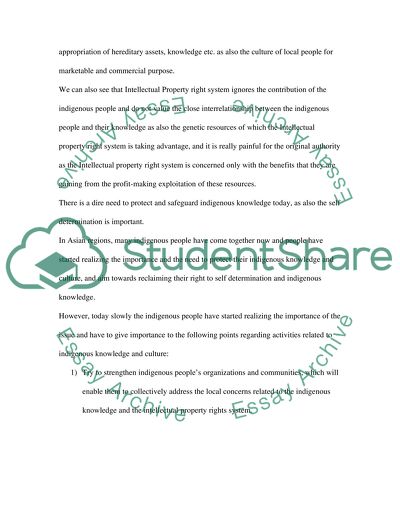Cite this document
(“That Intellectual Property Right System. Commercialization of Art Essay”, n.d.)
That Intellectual Property Right System. Commercialization of Art Essay. Retrieved from https://studentshare.org/miscellaneous/1518213-who-speaks-and-for-whom
That Intellectual Property Right System. Commercialization of Art Essay. Retrieved from https://studentshare.org/miscellaneous/1518213-who-speaks-and-for-whom
(That Intellectual Property Right System. Commercialization of Art Essay)
That Intellectual Property Right System. Commercialization of Art Essay. https://studentshare.org/miscellaneous/1518213-who-speaks-and-for-whom.
That Intellectual Property Right System. Commercialization of Art Essay. https://studentshare.org/miscellaneous/1518213-who-speaks-and-for-whom.
“That Intellectual Property Right System. Commercialization of Art Essay”, n.d. https://studentshare.org/miscellaneous/1518213-who-speaks-and-for-whom.


